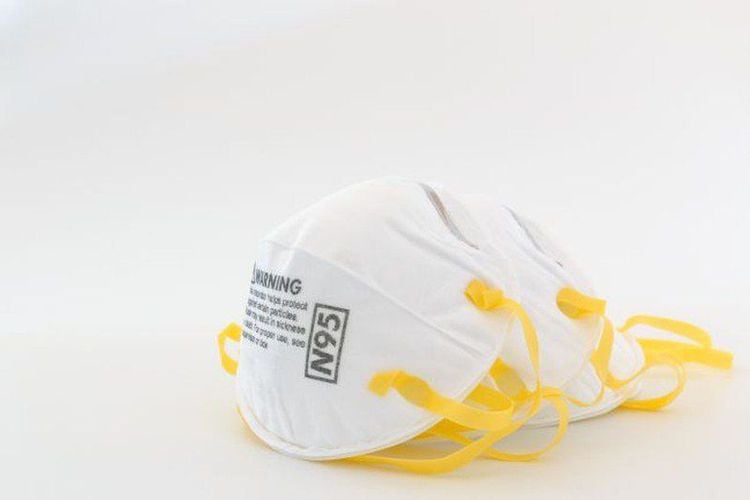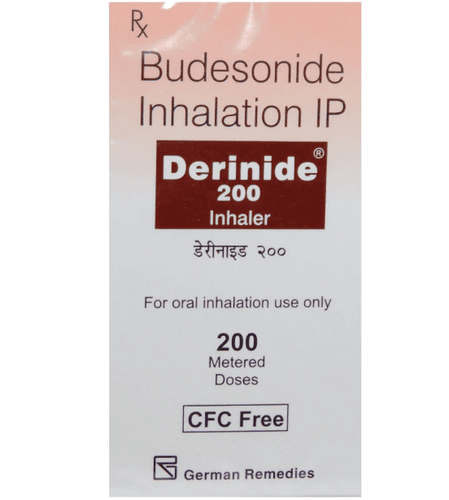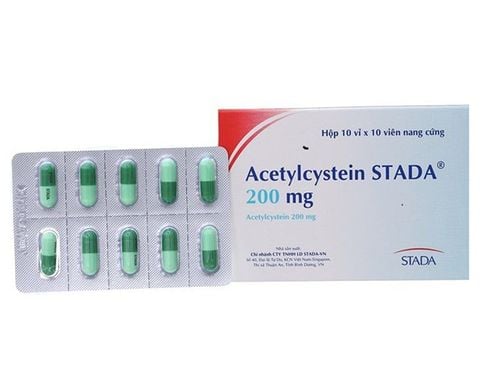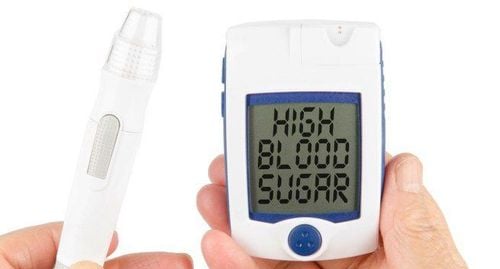This is an automatically translated article.
To effectively treat asthma, patients need to monitor their symptoms periodically as well as check lung function regularly. More than anyone else, patients need to be the key players in controlling asthma treatment, helping to maintain long-term effectiveness, prevent asthma attacks, and avoid long-term health problems.
1. Inhalers
1.1 Relief inhalers Most people with asthma will be prescribed a reliever inhaler. These inhalers are usually blue in color and are used to treat symptoms as they appear. Inhalers can relieve symptoms in minutes.
Tell your doctor if you have to use your inhaler 3 or more times in 1 week. At this point, doctors will consider adding medication, such as a metered-dose inhaler.
Inhalers have few side effects, but sometimes the inhaler can cause shivering or heart palpitations within a few minutes of being used.
1.2 Preventive inhalers If you need to use a calming inhaler on a regular basis, you may also need an inhaler as a precaution. You use a preventive inhaler every day to reduce inflammation and hypersensitivity of the airways. It causes the symptoms to stop appearing. It is important that you use your inhaler preventively even if symptoms do not appear.
Tell your asthma specialist right away if you continue to experience symptoms while using your preventive inhaler.
Steroid metered dose inhalers . They rarely cause side effects, but occasionally:
Mouth and throat infections with fungi (oral thrush) Hoarseness Sore throat

Một số người bệnh có thể gặp tình trạng khàn giọng sau khi sử dụng thuốc hít
1.3 Combination inhaler If using a reliever and a preventive inhaler isn't controlling your asthma attack, you may need an inhaler that combines the effects of the two.
Combination inhalers are used daily to help prevent symptoms from appearing or provide lasting relief if symptoms persist.
Regular use of synthetic inhalers is important even when symptoms do not appear
Side effects of synthetic inhalers are similar to those of reliever and preventive inhalers.
1.4 Pills Pills should also be used if inhalers alone do not help control asthma symptoms.
1.5 Leukotriene receptor antagonists (LTRAs) Leukotriene receptor antagonists are the main pills used to treat asthma. They can also be prepared in syrup or powder form.
You take them every day to help prevent existing symptoms.
Side effects may include stomach upset and headache.
1.6 Theophylline Theophylline - Bronchodilator smooth muscle relaxants may also be recommended if other treatments fail to produce satisfactory results. Medicines should be taken daily to help prevent symptoms from appearing. Accompanying side effects include headaches and feeling unwell.

Thuốc giãn cơ trơn phế quản có thể được sử dụng trong điều trị hen phế quản
1.7 Steroids Steroids may be recommended if other measures do not prevent asthma symptoms.
Medicines can be used in 1 of 2 cases:
As an immediate treatment during an asthma attack As a long-term (daily) treatment to stop symptoms – This remedy only often needed when you have severe asthma and inhalers don't work. Regular and long-term use of steroids can bring about side effects such as:
Increased appetite causing you to gain weight Easy bruising of the skin on light bumps Mood changes Osteoporosis High blood pressure You will be regularly monitored while using steroid medicine to check for abnormalities.
2. Other treatments
Treatments such as injections or surgery are rarely used, but may be recommended if other measures fail to help.
2.1 Injectables For people with severe asthma, shots every few weeks can help control symptoms.
The main injectables for asthma are:
Benralizumab (Fasenra) Omalizumab (Xolair) Mepolizumab (Nucala) Reslizumab (Cinqaero) These injections are not suitable for all patients with asthma and can only be prescribed by a specialist. asthma expert.
The main side effect of the injection is discomfort in the skin at the injection site.

Một số loại thuốc tiêm được sử dụng trong điều trị bệnh
2.2 Surgery A procedure called thermal bronchial reconstruction may be recommended to treat severe asthma. This procedure is effective and there are no concerns regarding its safety. You will be under general anesthesia during the entire thermal bronchoconstruction procedure. This procedure is done by passing a piece of tube through your throat and into your lungs. Heat is then used to heat the muscles around the bronchi to prevent them from narrowing and causing asthma symptoms.
2.3 Complementary Therapies Several alternative therapies have been suggested as possible treatments for asthma, including:
Breathing exercises – with breathing techniques known as the Papworth method and Buteyko method. Oriental medicine. Acupuncture. Negative ion generator – a device that uses an electric current to ionize air molecules. Therapies such as chiropractic. Homeopathy therapy. Functional foods. There is little evidence as to whether some of these measures work.
There is some evidence that breathing exercises can improve symptoms and reduce the need for oral medication in some patients, but these breathing exercises are not a substitute for medication.
3. Occupational Asthma
If you suspect you have occupational asthma, where your asthma is work-related, you should see a respiratory specialist to confirm the diagnosis.
Employers have a responsibility to protect you from occupational asthma triggers. Sometimes this can:
Replace or move your asthma triggers out of the workplace. Transfer your job within the same company. Provide you with respiratory protection.

Sử dụng đồ bảo hộ đường hô hấp là điều cần thiết đối với người hen nghề nghiệp
What you should do Patients should develop and write down a treatment plan in consultation with a specialist, with instructions tailored to the individual needs of the patient. This plan also helps patients understand the 3 important steps to good asthma control and asthma prevention, as well as a medical record for future follow-up. Asthma symptoms and severity are always changing. change. Following a plan will help you avoid asthma attacks and minimize disruption caused by asthma symptoms. See your doctor regularly to evaluate your therapy status. Bring a diary of your asthma attacks and an action plan to evaluate them with your doctor and change your treatment plan if needed.
If you are still having trouble with your symptoms even after going as planned, talk to your doctor about increasing or changing your treatments. If your asthma treatment is well controlled, you can reduce the dose and type of treatment If your allergies flare up seasonally, your asthma treatment may need to be increased at certain intervals in year. Customers can directly go to Vinmec health system nationwide to visit or contact the hotline here for support.
Articles refer to sources: mayoclinic.org, nhs.uk, webmd.com













